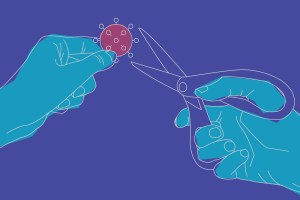Tag: RNA
-
Science & Tech
Innovative tool offers hope for children with rapid-aging disease
Several hundred children worldwide live with progeria, a deadly premature aging disease.
-
Science & Tech
Deep learning takes on synthetic biology
Computational algorithms enable identification and optimization of RNA-based tools for myriad applications.
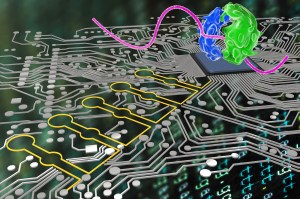
-
Science & Tech
A promise to a friend
Wei Hsi “Ariel” Yeh dedicated her research in chemistry to solving some of the vast genetic mysteries behind hearing loss.

-
Science & Tech
A crisper CRISPR
Fewer off-target edits and greater targeting scope bring gene editing technology closer to treating human diseases.
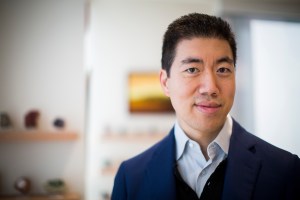
-
Science & Tech
Life’s Frankenstein monster beginnings
The evolution of the first building blocks on Earth may have been messier than previously thought, likening it to the mishmash creation of Frankenstein’s monster.

-
Science & Tech
Life, with another ingredient
In a paper published in PNAS, Jack W. Szostak, professor of chemistry and chemical biology at Harvard, along with graduate student Seohyun (Chris) Kim, suggest that RNA could have started with a different set of nucleotide bases. In place of guanine, RNA could have relied on a surrogate, inosine.
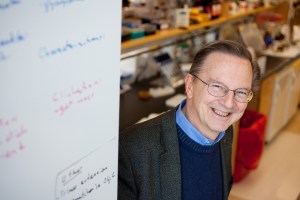
-
Campus & Community
Paul Mead Doty
At the Meeting of the Faculty of Arts and Sciences on April 7, 2015, the Minute honoring the life and service of the late Paul Mead Doty, Mallinckrodt Professor of Biochemistry, Emeritus, was spread upon the records. Professor Doty played a leading role in establishing the Department of Biochemistry and Molecular Biology at Harvard. He…
-
Campus & Community
A boost for understanding the brain
Two groups of Harvard scientists will be among the first researchers nationwide to receive grant funding through the BRAIN (Brain Research through Advancing Innovative Neurotechnologies) Initiative launched last year by President Obama.
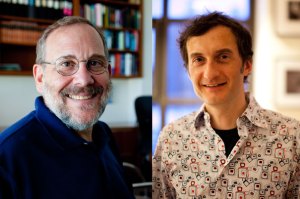
-
Health
Neurons at work
Using genetic tools to implant genes that produce fluorescent proteins in the DNA of transparent C. elegans worms, Harvard scientists have been able to shed light on neuron-specific “alternative splicing,” a process that allows a single gene to produce many different proteins.
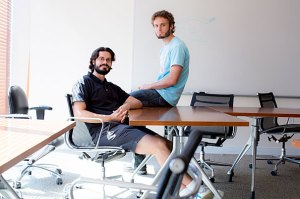
-
Health
A shot against heart attacks?
Harvard Stem Cell Institute scientists collaborating with researchers at the University of Pennsylvania have developed a “genome-editing” approach for permanently reducing cholesterol levels in mice through a single injection, a development with the potential to reduce the risk of heart attacks in humans by 40 to 90 percent.

-
Health
‘On’ switches for cells
Scientists at Harvard have identified a previously unknown embryonic signal, dubbed Toddler, that instructs cells to move and reorganize themselves, through a process known as gastrulation, into three layers.
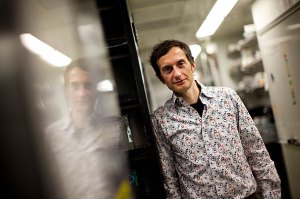
-
Health
‘Junk?’ Not so fast
Research by Harvard Stem Cell Institute scientists shows that much lincRNA, which had been generally believed useless, plays an important role in the genome.
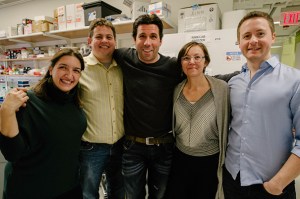
-
Health
A foundation for future research
Harvard researchers recently developed the most detailed “specificity profile” for Cas9 — a “machine” made of protein and RNA that can be programmed to target specific DNA sequences and to precisely cut, paste, and turn on or turn off genes. Future researchers will use the data when developing genetic tools and therapies.
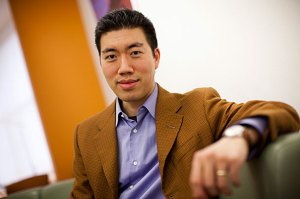
-
Science & Tech
Evolutionary oomph
Scientists may soon be able to turn to one of the most powerful forces in biology — evolution — to help in their quest to develop new synthetic polymers.
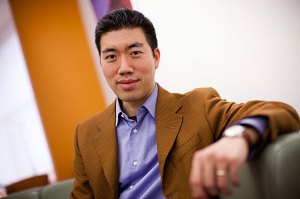
-
Health
A hidden genetic code
For decades, scientists wondered whether there was some subtle difference between parts of the genetic code that, while different, appear to encode the same amino acid. Harvard researchers now have the answer.
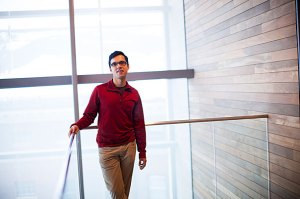
-
Health
The search for life’s stirrings
As science wrestles with the problem of how life arose on Earth, hindsight shows that seemingly intractable obstacles can have simple, even elegant solutions, said Nobel laureate Jack Szostak.

-
Health
Understanding interference
In a discovery that might eventually lead to new biomedical treatments for disease, researchers from Harvard’s Department of Molecular and Cellular Biology have identified two types of RNA that are able to move between cells as part of a process called RNA-interference (RNAi).
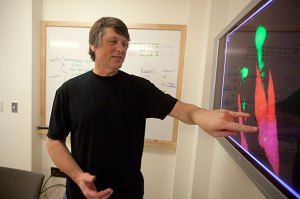
-
Health
RNA dynamics deconstructed
RNA plays a critical role in directing the creation of proteins, but there is more to the life of an RNA molecule than simply carrying DNA’s message.
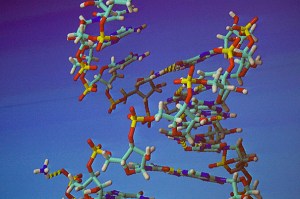
-
Health
Multiple myeloma genome unveiled
Harvard scientists have unveiled the most comprehensive picture to date of the full genetic blueprint of multiple myeloma, a form of blood cancer.

-
Health
‘Another set of fingers’
An interdisciplinary group of leading Harvard geneticists and stem cell researchers has found a new genetic aspect of cell reprogramming that may ultimately help in the fine-tuning of induced pluripotent stem cells (iPS) into specific cell types.
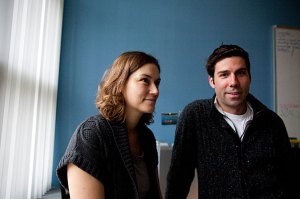
-
Health
Nobel winners and losers
Author Erling Norrby discusses how the Nobel Prizes for the sciences, while often awarding breakthrough efforts, also can miss pivotal findings that made a difference.
-
Health
Turning genetic trash to treasure
John Rinn, a researcher at Harvard Medical School, the Beth Israel Deaconess Medical Center, and the Broad Institute, overcame a rocky start in life through a passion for biology and discovered a new category of RNAs.

-
Campus & Community
BIDMC geneticist Rinn named to Popular Science’s ‘Brilliant 10’
Beth Israel Deaconess Medical Center geneticist John Rinn, whose research has helped uncover a new class of RNA, has been named to this year’s “Brilliant 10” list of top young scientists by Popular Science magazine.
-
Health
MicroRNA discovered to play role in DNA repair
Among their many roles as message couriers and gene regulators, microRNA molecules also help control the repair of damaged DNA within cells, Dana-Farber Cancer Institute and Harvard Medical School scientists…
-
Health
Scientists uncover new class of mammalian genes with key functions
A research team at the Broad Institute of Harvard and MIT and Beth Israel Deaconess Medical Center has uncovered a vast new class of previously unrecognized mammalian genes that do…
-
Health
Microbiologist Gary Ruvkun:
Gary Ruvkun has made a career out of imagining the unimaginable, and of surrounding himself with like-minded thinkers who let the wheels of thought spin until they catch on something…
-
Health
Massive microRNA scan uncovers leads to treating muscle degeneration
Researchers have discovered the first microRNAs–tiny bits of code that regulate gene activity–linked to each of 10 major degenerative muscular disorders, opening doors to new treatments and a better biological…
-
Campus & Community
In a first, scientists develop tiny implantable biocomputers
Researchers at Harvard and Princeton universities have taken a crucial step toward building biological computers, tiny implantable devices that can monitor the activities and characteristics of human cells. The information provided by these “molecular doctors,” constructed entirely of DNA, RNA, and proteins, could eventually revolutionize medicine by directing therapies only to diseased cells or tissues.



